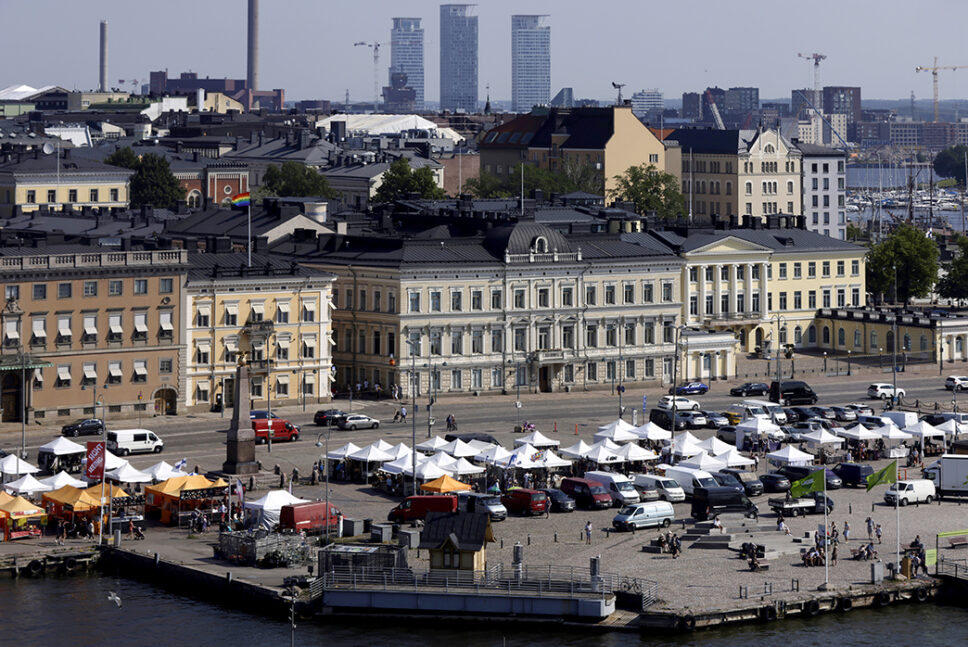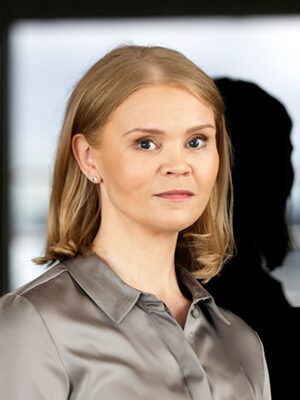New Collective Agreement and Wage Adjustment Model for Senior Salaried Employees in the Design and Consulting Sector

A new three-year collective agreement has been concluded for senior salaried employees in the design and consulting sector. The wage solution included in the agreement provides a total of 7.8 percent wage adjustments over the three-year period and introduces a new wage adjustment model for the next agreement term.
Technology Industry Employers of Finland and the Federation of Professional and Managerial Staff (YTN) reached a negotiation result on Friday, 4 April, and the boards of both parties approved it on Monday, 7 April.
As a result of the agreement, YTN’s announced bans on business travel during free time and on the accumulation of working time balances under flexible working hours has ended.
The collective agreement is valid until the end of November 2027. The fulfilment of its objectives and the economic and employment outlook will be reviewed in August 2026. Based on this assessment, the agreement may be terminated in November 2026.
The agreement covers approximately 30,000 senior salaried employees.
Wage Adjustments to Be Negotiated Primarily at Local Level
The wage solution will primarily be negotiated locally in all three years. These negotiations will take into account the company’s or workplace’s financial situation, order backlog, employment outlook, and cost competitiveness in the market. The aim is to support incentivising wage formation, a fair wage structure, clear wage progression, and productivity growth in the workplace. The purpose is also to address any imbalances.
If a local wage agreement is not reached, wages will be adjusted according to the so-called fallback mechanismin the collective agreement. Wage development should primarily reflect the senior salaried employee’s professional competence and individual performance.
Summary of the Agreed Wage Solution in the Collective Agreement:
- 2025–2027: Wage adjustments are to be agreed primarily at local level.
- Unless the negotiation period is extended, local agreements must be concluded in writing by:
- 22 April 2025 for the year 2025
- 13 February 2026 for the year 2026
- 12 February 2027 for the year 2027
- Fallback mechanism 2025: No later than 1 May 2025 or the beginning of the next wage payment period thereafter, the employer will implement a wage adjustment of 2.5% in accordance with the company’s wage policy. Of this, 2.0% is a general increase and 0.5% is company- and workplace-specific. Wage adjustments already implemented since 1 January 2025 may be counted toward fulfilling this adjustment.
- Fallback mechanism 2026: No later than 1 March 2026 or the beginning of the next wage payment period thereafter, the employer will implement a 2.9% wage adjustment. Of this, 1.5% is a general increase and 1.4% is company- and workplace-specific.
- Fallback mechanism 2027: No later than 1 March 2027 or the beginning of the next wage payment period thereafter, the employer will implement a 2.4% wage adjustment. Of this, 1.5% is a general increase and 0.9% is company- and workplace-specific.
New Wage Adjustment Model to Be Piloted in the Next Agreement Term
The parties agreed to develop a wage adjustment model similar to the one introduced in the collective agreement for senior salaried employees in the technology industry. The aim is to move toward a more individual- and company-specific approach, taking into account international competitiveness and the specific characteristics of the sector. Wage formation must be effective, fair, transparent, incentive-based, and productivity-enhancing.
A working group will begin developing the model, which is intended to be implemented in the next agreement term. The group will submit its proposal for the new wage adjustment model no later than 30 September 2026.
If the working group does not reach consensus by then, an individually guaranteed wage adjustment model agreed by the parties will enter into force as such for at least the first year of the next agreement term.
Textual Amendments Will Not Increase Labour Costs
The agreement includes some textual amendments that do not increase overall labour costs.
The wage development of shop stewards is primarily safeguarded by increasing their regular monetary wage in line with the average cost impact of the locally agreed wage adjustment. If no local wage agreement is reached, the regular monetary wage of the shop steward will be adjusted in accordance with the average cost impact of the wage solution included in the collective agreement.
Further information

